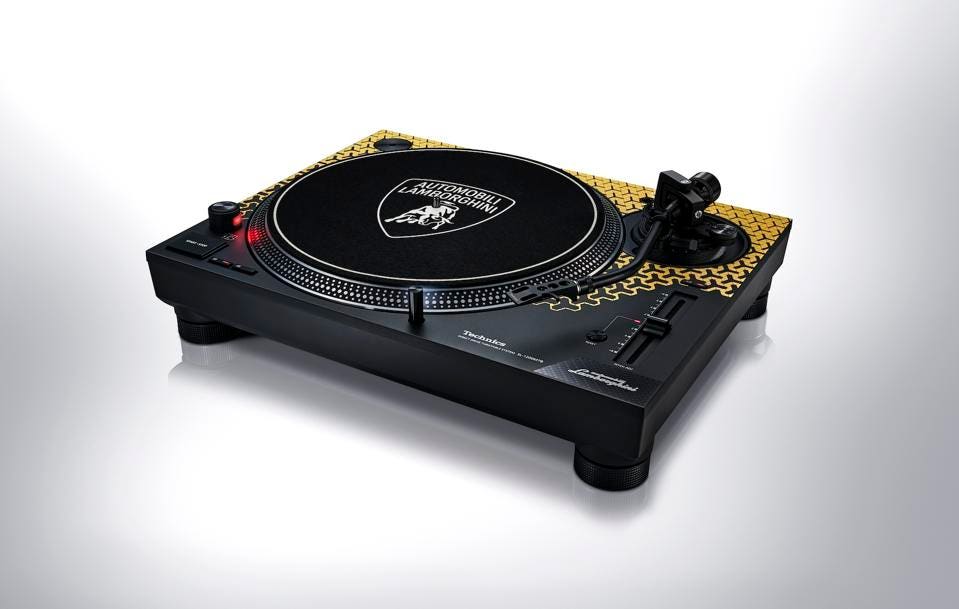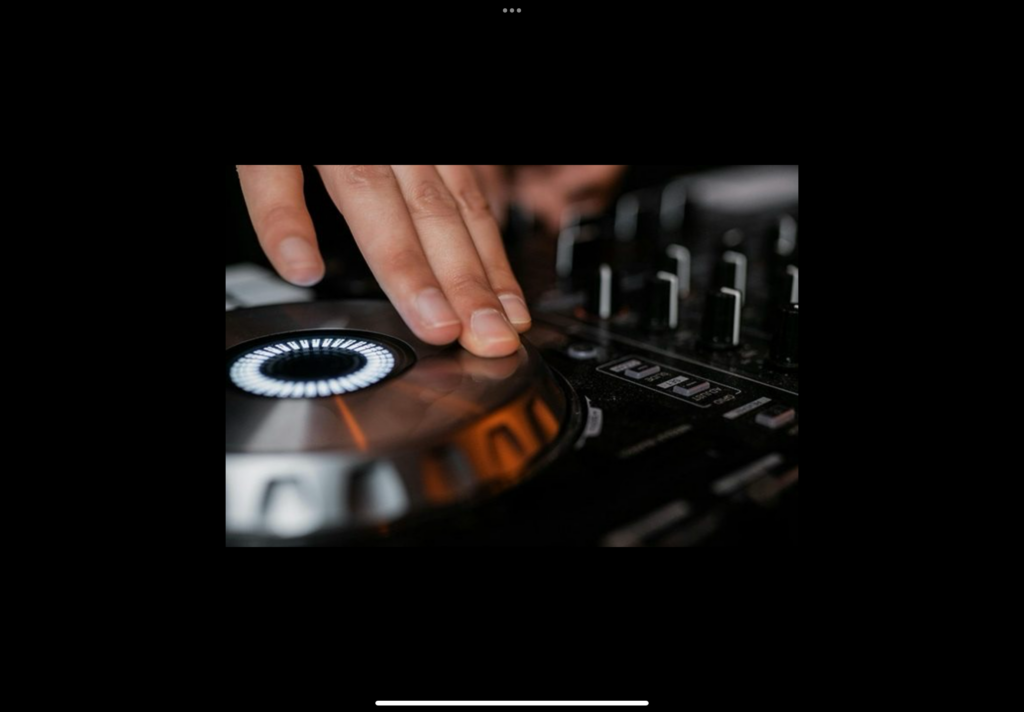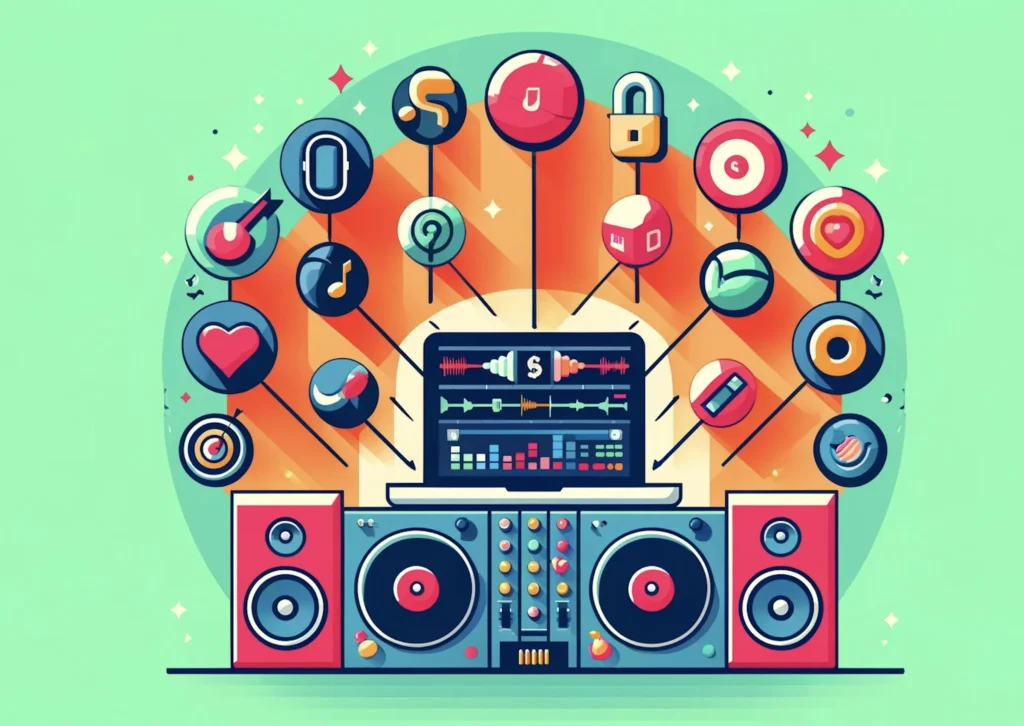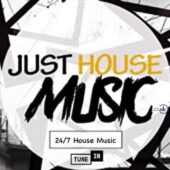What is House Music ?
Written by housemusicdj on 26/04/2024
What Is House Music?
House music is a form of electronic dance music that originated in Chicago in the early 1980s and quickly expanded to American cities like New York City and Detroit as well as international music hubs like London and Paris. House music and its many subgenres are characterized by a steady pulse (typically a 4/4 time signature) played around 120 beats per minute (bpm).
A Brief History of House Music
Since emerging in Chicago in the 1980s, house music has become a global phenomenon.
- Early days and pioneers: House emerged as a new music genre in Chicago in the early 1980s. Its pioneers were a group of Black American DJs who were well versed in disco and hip hop subcultures, and who embraced emerging synthesizer technology from brands like Roland and Korg. Some of the most prominent producers and DJs of early house music include Chicagoans Ron Hardy, Frankie Knuckles, Mr. Lee, Jesse Saunders, J.M. Silk (aka Jack Master Silk) Chip E., Farley “Jackmaster” Funk, Marshall Jefferson, and Larry Heard (aka Mr. Fingers). New Yorkers like Larry Levan also figured prominently in early house music.
- Chicago roots: Music historians typically trace house music to a nightclub called the Warehouse, located in Chicago’s West Loop neighborhood. There, DJ Frankie Knuckles—sometimes called the “godfather of house”—created continuous dance grooves by splicing together records with a steady four-on-the-floor pulse and tempos ranging from 120 to 130 beats per minute. House tracks often use the Roland TR-808 and TR-909 drum machines; the term “house music” comes from the fact that these machines allowed DJs to create tracks at home without the use of an expensive studio.
- Emergence of acid house: One of the first offshoots of house music was acid house, characterized by heavy use of the Roland TB-303 Bass Line synthesizer. The subgenre is named for the song “Acid Tracks” by Phuture, a Chicago collective featuring Herbert “Herb J” Jackson, Nathan “DJ Pierre” Jones, and Earl “Spanky” Smith Jr.
- House music’s global influence: House music quickly spread beyond Chicago, becoming the soundtrack to raves in London, Sheffield, and the Spanish island of Ibiza. In Detroit, it inspired a closely related genre called Detroit techno. A collective led by Juan Atkins called the Belleville Three began combining Chicago house with electro-pop from German groups like Kraftwerk. Meanwhile, in New York and New Jersey, a prominent house scene sprung up at the Paradise Garage nightclub in Manhattan’s SoHo neighborhood. Led by DJ Larry Levan, this version of house music became a lynchpin of the region’s gay culture, particularly for Black and Latin American men.
- House music today: House music has remained a steady presence at raves and on dance playlists, and it has also cracked the Top 40 at various points. French house groups like Daft Punk and St. Germain have released platinum records featuring their version of house. The genre also appears in contemporary hip-hop and pop.
4 Characteristics of House Music
House music covers many subgenres, but a few characteristics provide a throughline.
- 1. Steady, propulsive beats: House is known for its 4/4 time and four-on-the-floor kick drum pulse. Off-beat hi-hat patterns and hand claps help give the music a funky edge.
- 2. Dance tempos: Nearly all house music falls between 120 and 130 beats per minute, which makes it easy to dance to.
- 3. Emphasis on early synthesizers: House artists frequently compose their music with 1980s synthesizers such as the Roland TR-808, the Roland TR-909, the Korg Poly-61, and the Roland TB-303 Bass Line. You can hear these instruments on the seminal house track “On and On” by Jesse Saunders.
- 4. Disco and soul influences: House emerged from the soul and disco era, and while it does not use the live instruments of those genres, it often embraces their funky, soulful style. This is particularly true of early house music such as the 1986 song, “Can You Feel It?” by Mr. Fingers.
11 House Music Subgenres
The house music genre includes multiple subgenres.
- 1. Acid house: Acid house is famous for the synth basslines of the Roland TB-303 synthesizer.
- 2. Chicago house: Chicago house music is rooted in the early techniques and equipment of 1980s Chicago producers.
- 3. Electro house: A slightly faster form of house, electro house music is famous for its buzzing basslines and sawtooth synths.
- 4. Deep house: Deep house is a subgenre characterized by heavy beats from a Roland TR-909 drum machine and flourishes of 1970s funk.
- 5. Funky house: Funky house music remixes samples from 1970s R&B and funk music.
- 6. Tropical house: Tropical house music incorporates Caribbean styles like dancehall, and it tends to have a slower tempo.
- 7. Latin house: Latin house music is built on Latin rhythms derived from salsa and other popular dance genres.
- 8. UK hard house: UK hard house is a British house sound known for its off-beat bass accents and faster tempos.
- 9. Tech house: The tech house subgenre was built on the minimalist harmonies and grinding electronic drumbeats of techno music.
- 10. Progressive house: Also known as prog house, this genre adds elements of progressive rock music to standard house.
- 11. Detroit techno: Detroit techno shares many elements with house music—including a greater emphasis on harmonic shifts compared to most techno.




